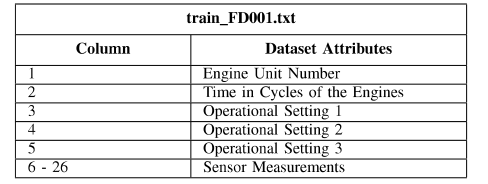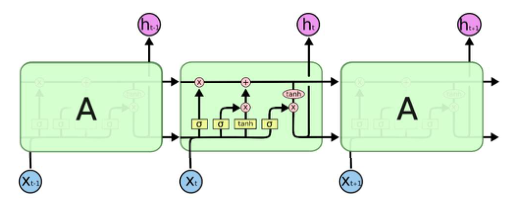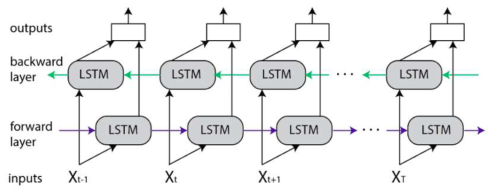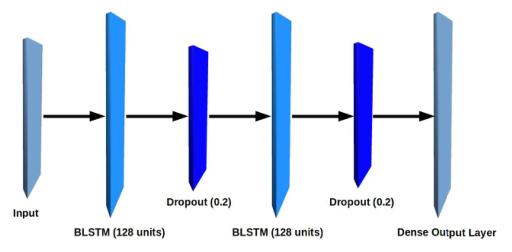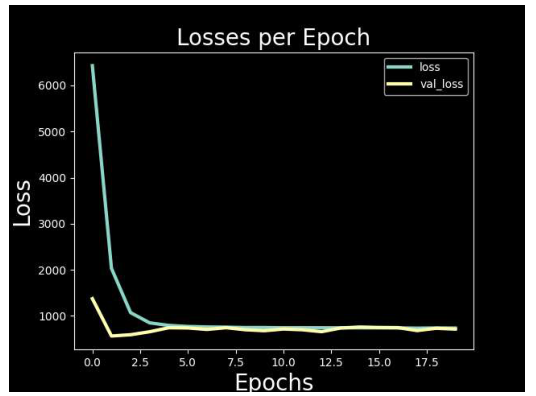Turbofan Engine Remaining Useful Life (RUL) Prediction Based on Bi-Directional Long Short-Term Memory (BLSTM)
Abedin Sherifi·November 25, 2024
Summary
The aviation industry's evolution, driven by technology, focuses on monitoring, controlling, and maintaining complex turbofan engines. Accurate Remaining Useful Life (RUL) prediction is crucial for passenger and flight safety, as well as cost-effective operations. Data-based approaches, utilizing advancements in Machine Learning models and sensors, are preferred over complex model-based methods. This paper evaluates Bi-Directional Long Short-Term Memory (BLSTM) models on the Commercial Modular Aero-Propulsion System Simulation (CMAPSS) dataset, a benchmark for engine failure prediction. The study categorizes approaches into model-based and data-based, with model-based relying on physics and math models like Kalman filters, and data-based using techniques such as XGBoost, TCN, and ensemble learning. The dataset simulates engine degradation, featuring sensor values from various engine components. The analysis focuses on an engine unit's cycles to fault, using a correlation heatmap to identify and remove redundant features. The study discusses the addition of a new feature, RUL, to the validation dataset, based on engine units' cycle count. The dataset is pre-processed by removing non-valuable features based on the correlation heatmap and criteria. The text outlines an RUL prediction model using LSTM and BLSTM for time-series data, with key steps including data preprocessing, model training with varying architectures, and hyperparameter tuning. The study evaluated models for predicting RUL in turbofan engines, focusing on hyperparameters' impact. BLSTM with dropout layers outperformed others, showing the lowest Mean Squared Error (MSE), Root Mean Squared Error (RMSE), Mean Absolute Error (MAE), and highest R2 score. The study explores neural network models for predicting turbofan engine RUL, focusing on LSTM, BLSTM, and Linear Regression, with BLSTM with dropout regularization showing the best performance.
Introduction
Background
Overview of the aviation industry's technological advancements
Importance of accurate Remaining Useful Life (RUL) prediction for safety and operations
Objective
To evaluate Bi-Directional Long Short-Term Memory (BLSTM) models on the CMAPSS dataset for RUL prediction in turbofan engines
Method
Data Collection
Description of the CMAPSS dataset
Engine degradation simulation and sensor data
Data Preprocessing
Feature selection process using a correlation heatmap
Removal of redundant features
Addition of a new feature: RUL
Model Selection
Categorization of approaches: model-based vs. data-based
Explanation of model-based methods (e.g., Kalman filters)
Overview of data-based techniques (e.g., XGBoost, TCN, ensemble learning)
Model Training
LSTM and BLSTM for time-series data prediction
Data preprocessing steps
Model architectures and hyperparameter tuning
Evaluation Metrics
Metrics used for model performance assessment (MSE, RMSE, MAE, R2 score)
Results
Comparison of model performance
Highlighting the best-performing model (BLSTM with dropout regularization)
Conclusion
Summary of Findings
Recap of the study's main results
Performance of BLSTM with dropout regularization in predicting RUL
Implications
Impact on aviation safety and operational efficiency
Future research directions in RUL prediction
Conclusion
Summary of the study's contribution to the field of RUL prediction in turbofan engines
Basic info
papers
signal processing
machine learning
artificial intelligence
Advanced features
